Imagine a place where the fabric of space and time twists and folds upon itself, creating a cosmic trap from which nothing, not even light, can escape. This is a black hole, a mysterious remains of a star that has collapsed.
As it ages, it gradually evaporates, shrinking to the smallest possible size, where it may transform into a white hole—a mirror image that could hold the key to understanding dark matter.
The Birth of a Black Hole
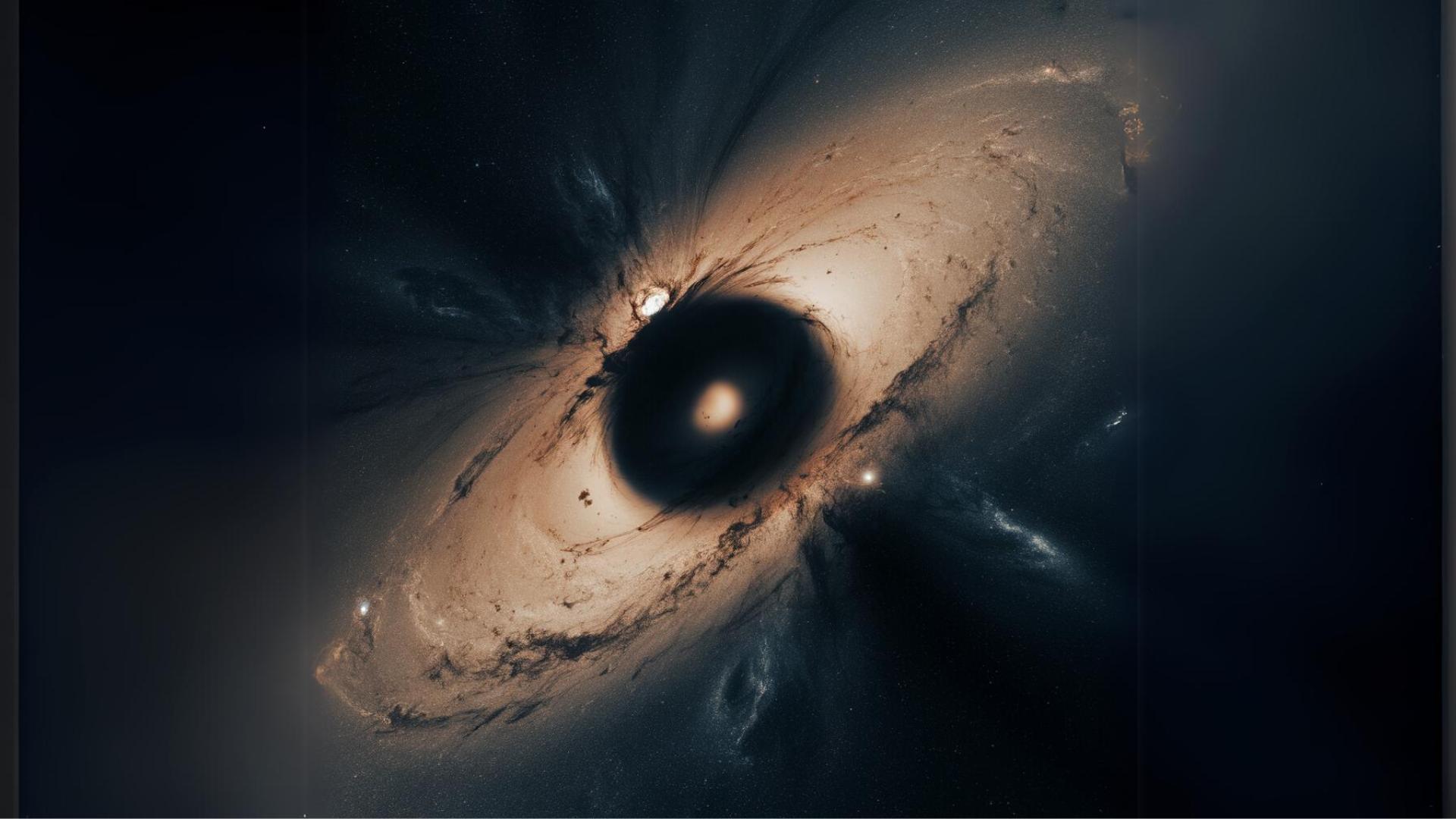
A black hole is born when a massive star “runs out of fuel” and collapses under its own gravity. This collapse happens in the final moments of the star’s life, after it has burned through all its nuclear energy. As the star’s core contracts, it creates a gravitational pull so strong that it crushes everything into an incredibly dense point known as a singularity.
The surrounding space bends inward, forming an event horizon—the point beyond which nothing can escape, not even light. This process marks the creation of a black hole, a cosmic enigma that defies the normal rules of physics.
A Cosmic Time Machine: The White Hole
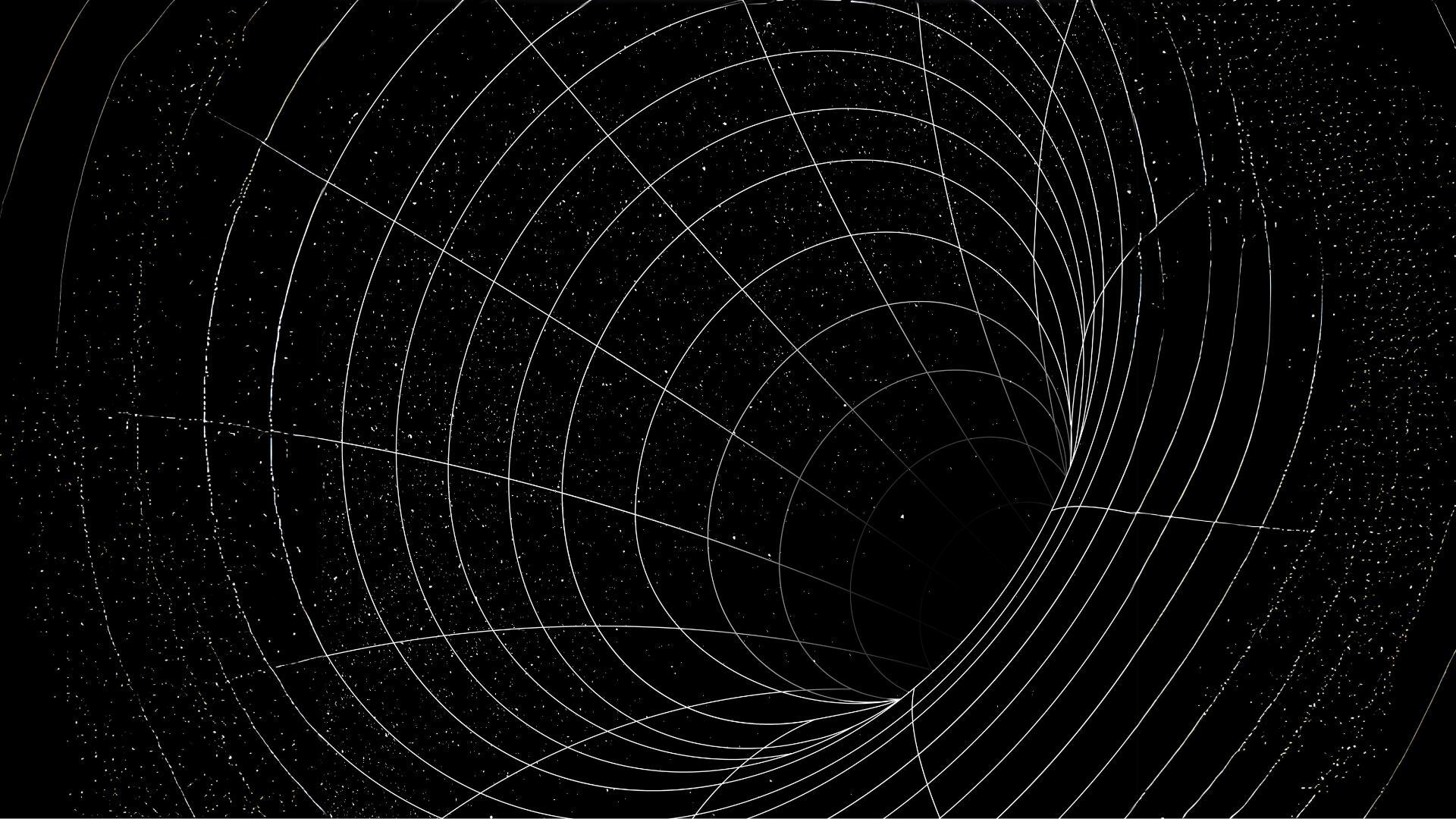
Recent theories about black holes have added layers of intrigue to their already mysterious nature. Some physicists now propose that when a black hole reaches its final stages, instead of disappearing, it might transform into something entirely different: a white hole
This white hole could be a cosmic time machine, spewing out everything the black hole once swallowed. These theories suggest that black holes and white holes might be connected, potentially explaining dark matter and revealing new secrets about the universe’s hidden workings.
White Holes and Dark Matter

While a black hole pulls in everything, not even light can escape, a white hole does the opposite—it ejects matter and energy, allowing nothing to enter. Although purely hypothetical, white holes challenge our understanding of space and time.
These white holes might be small, stable, and incredibly dense.Dark matter is invisible but exerts gravitational forces that shape galaxies. If white holes exist, they could be contributing to this unseen mass, offering a potential solution to one of the biggest puzzles in astrophysics. These ideas, though unproven, open new doors in the search for dark matter.
Let’s Hunt Some Dark Matter
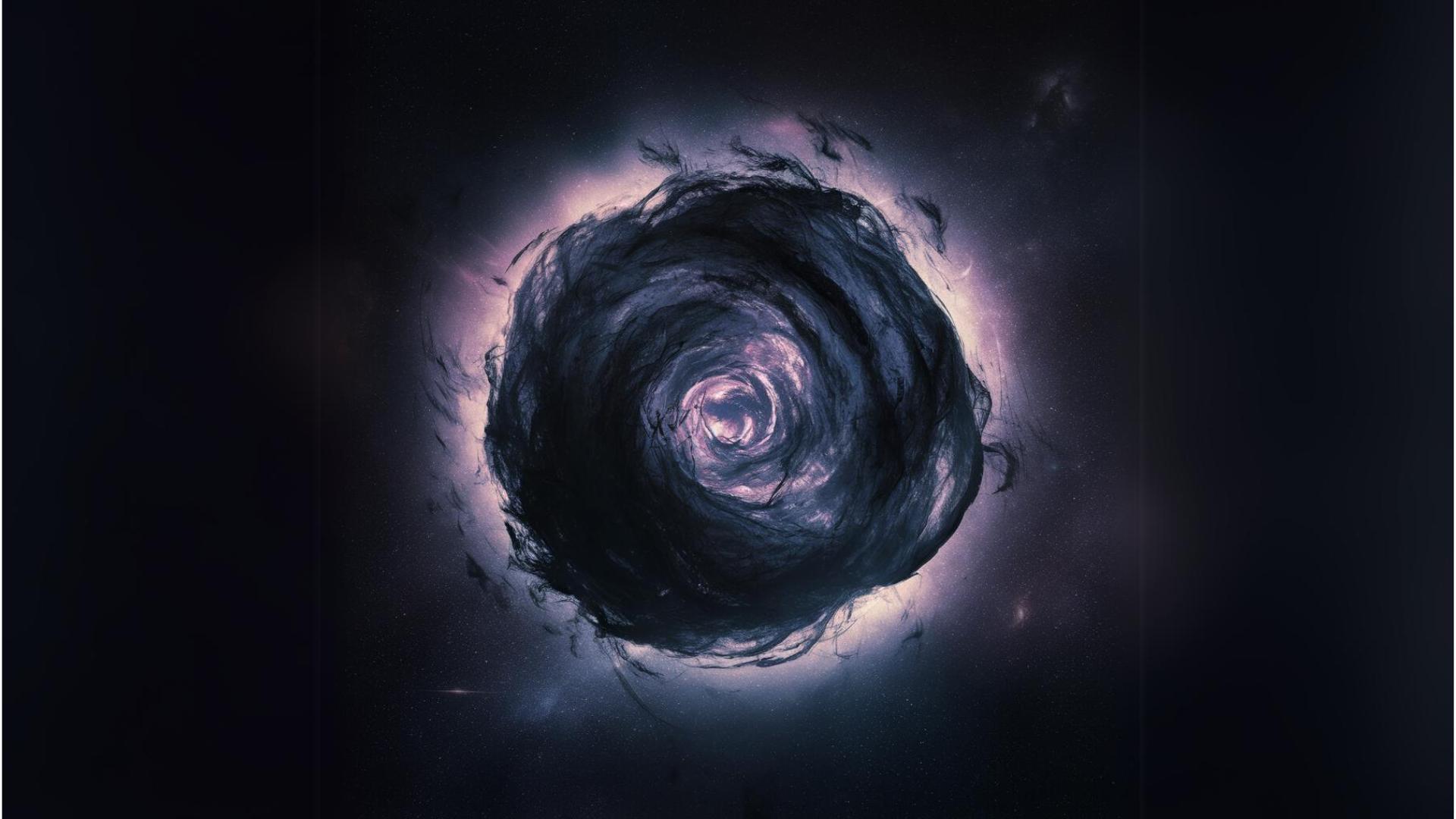
The physicists Rovelli and Vidotto have a new idea to find dark matter by watching how a tiny object behaves when a black hole remnant, possibly a white hole, passes by. If the remnant affects the object’s state, it could be a sign that dark matter is nearby.
This method uses the strange properties of quantum mechanics and could be tested with current technology. It’s a simple yet clever way to hunt for these mysterious remnants and understand the unseen matter that makes up most of the universe.
Time’s Illusion: How Black Holes Can Stretch Time
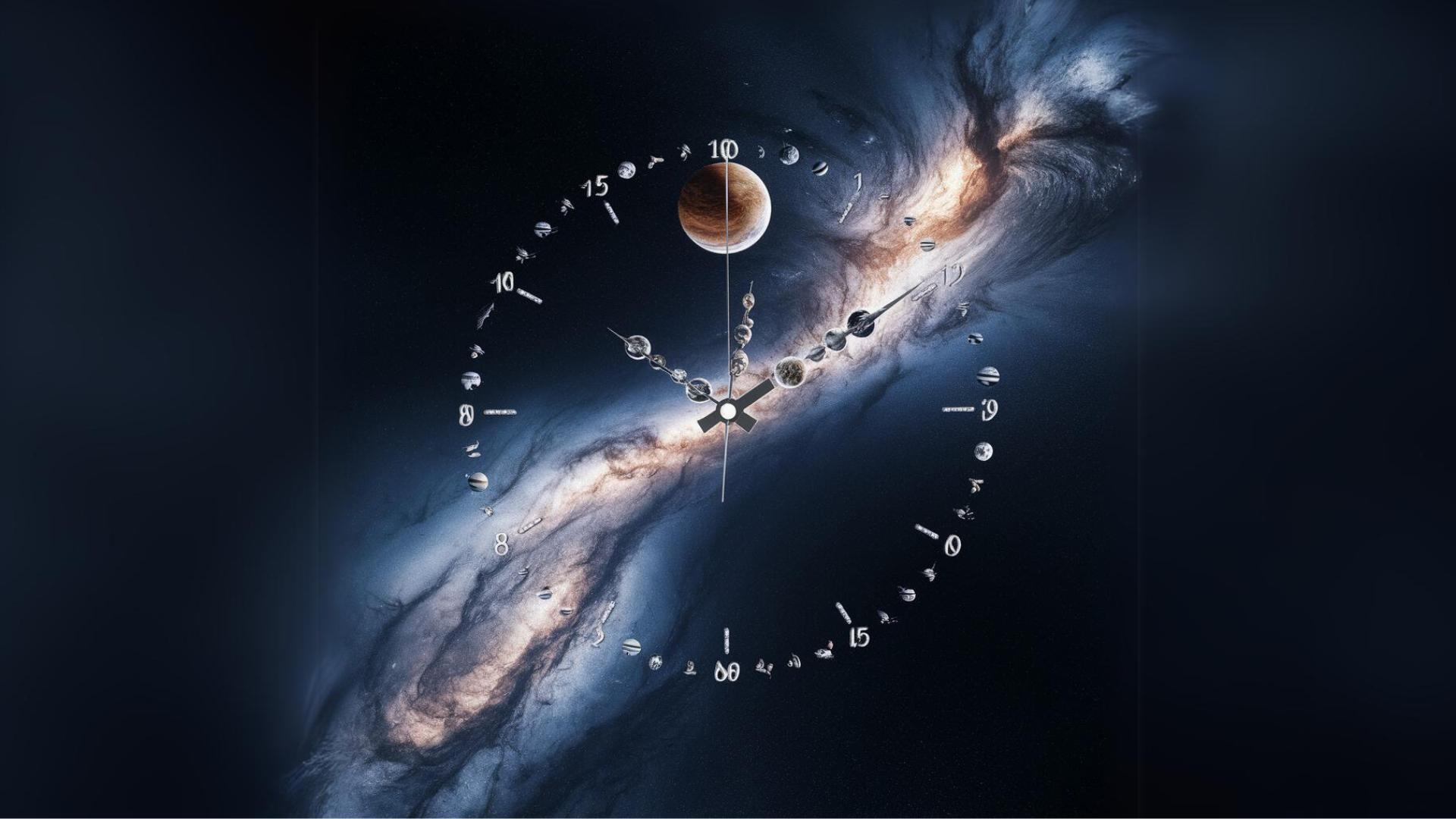
black hole shrinks and potentially transforms into a white hole, the process might happen almost instantaneously from its perspective. However, due to the extreme time dilation near the event horizon, an outside observer would see this transition stretched out over the entire lifespan of the universe.
This means that what seems like a brief moment for the black hole could be an eternity for the rest of the cosmos, making the study of these phenomena both fascinating and perplexing.
Seconds Feels Like Hours
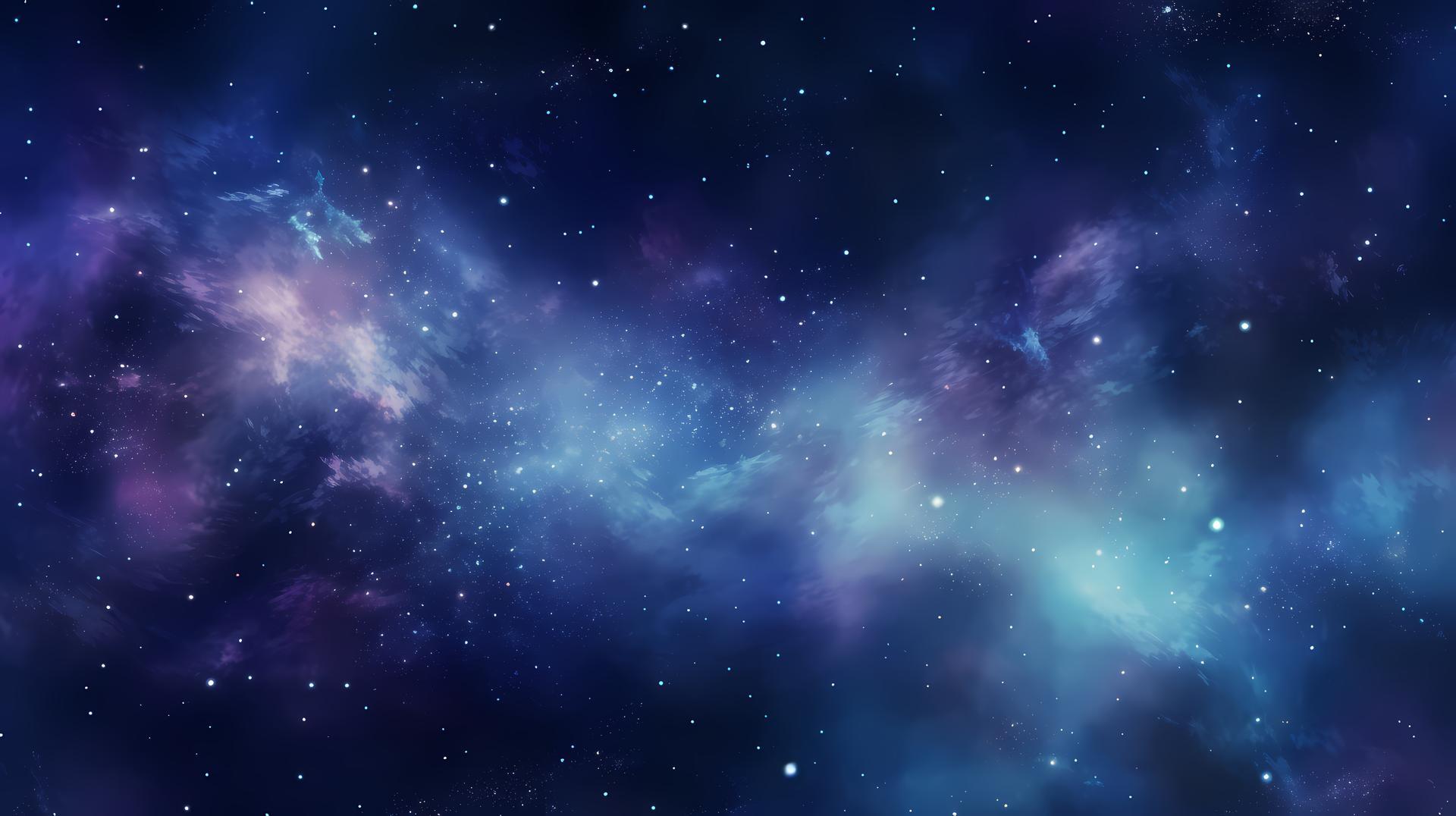
If you were near a black hole, time would pass very differently for you compared to someone far away. Due to the immense gravity, time would slow down dramatically near the black hole, making seconds feel like hours.
This means that events happening near a black hole could seem to take forever from an outside perspective. If a black hole transitions into a white hole, this process might appear almost instantaneous up close, but from far away, it could seem to stretch out over billions of years, warping our perception of time.
Are Black & White Holes Dangerous? Understanding the Risks
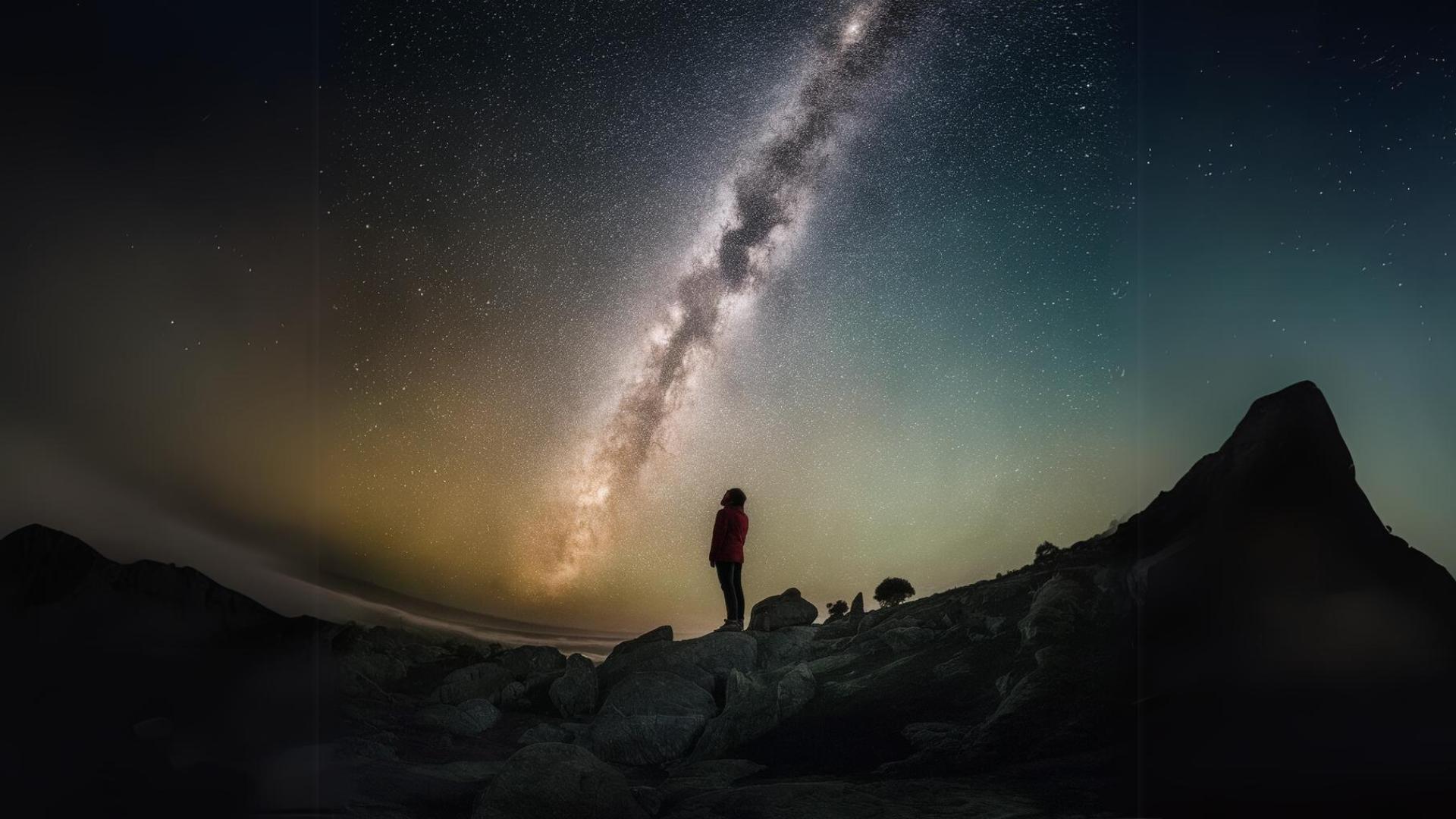
he idea of black holes turning into white holes is purely theoretical at this stage, and there’s no evidence that such a process would be dangerous to us. If white holes exist, they would likely be incredibly rare and far away from Earth. The transition from a black hole to a white hole would involve quantum processes at scales much smaller than what would affect us.
Black holes can have significant effects on humans, but only if we were to get very close to one, which is highly unlikely. Additionally, black holes can emit powerful radiation as they pull in surrounding matter. However, since all known black holes are extremely far from Earth, they pose no direct threat to us.
Cosmic Connections: What Black and White Holes Teach Us About Life

and the cycles that govern it. Black holes, which consume everything, symbolize the end stages of life and the inevitability of decay, while the potential transformation into white holes, which expel matter, hints at rebirth and renewal.
This mirrors the cycles of life on Earth—birth, death, and renewal—reminding us that endings can lead to new beginnings. These cosmic processes also challenge our understanding of time, showing that what seems like an ending might just be a transition, encouraging us to consider life’s deeper, interconnected cycles.
Looking for the Stars
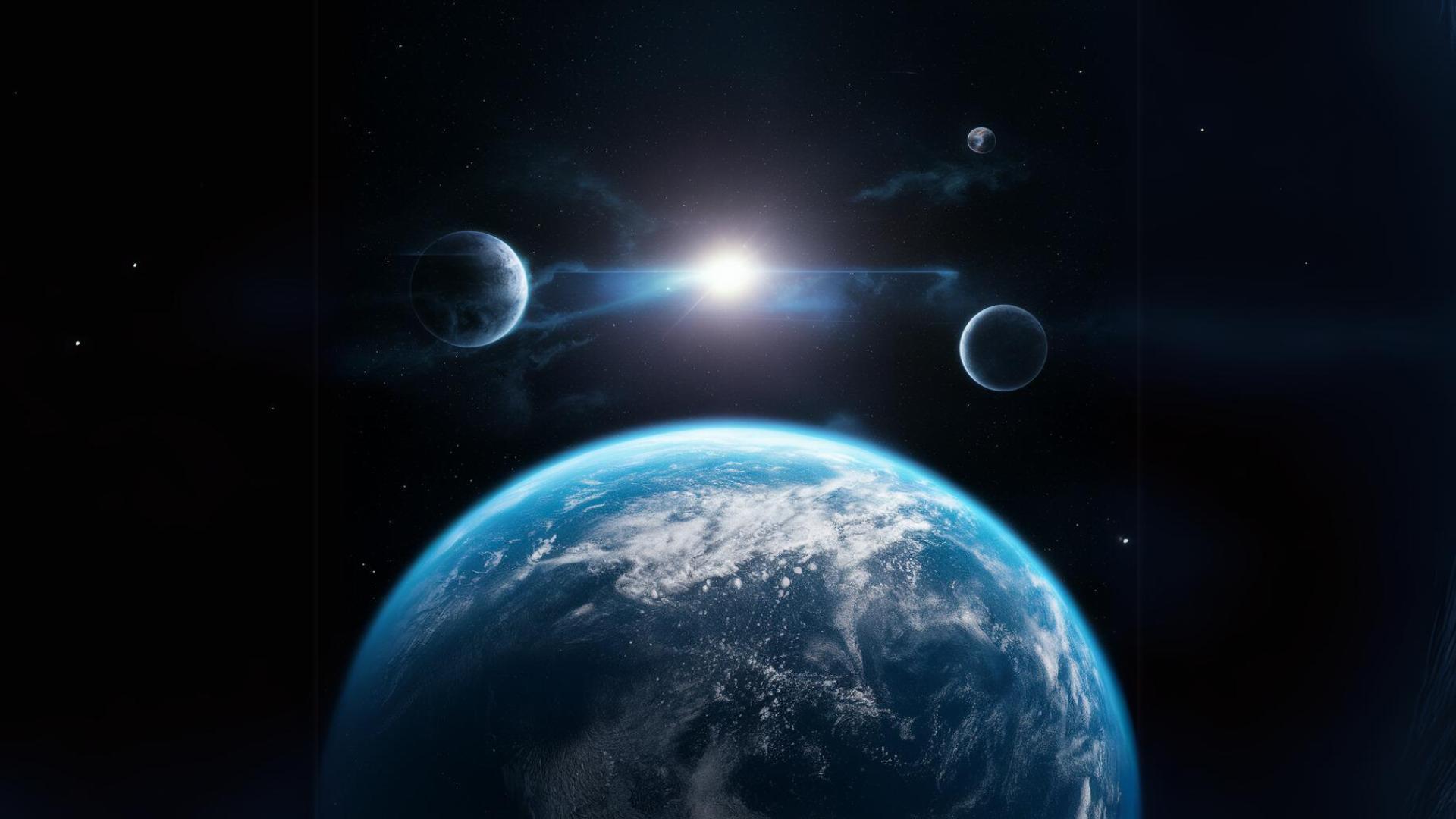
Exploring space is like an endless adventure where every discovery helps us understand more about life and the universe. As we study distant planets, stars, and galaxies, we learn new things that might explain where we come from and what lies beyond.
Space exploration keeps us curious and hopeful, showing us that the more we explore, the more we uncover about the mysteries of life itself.

